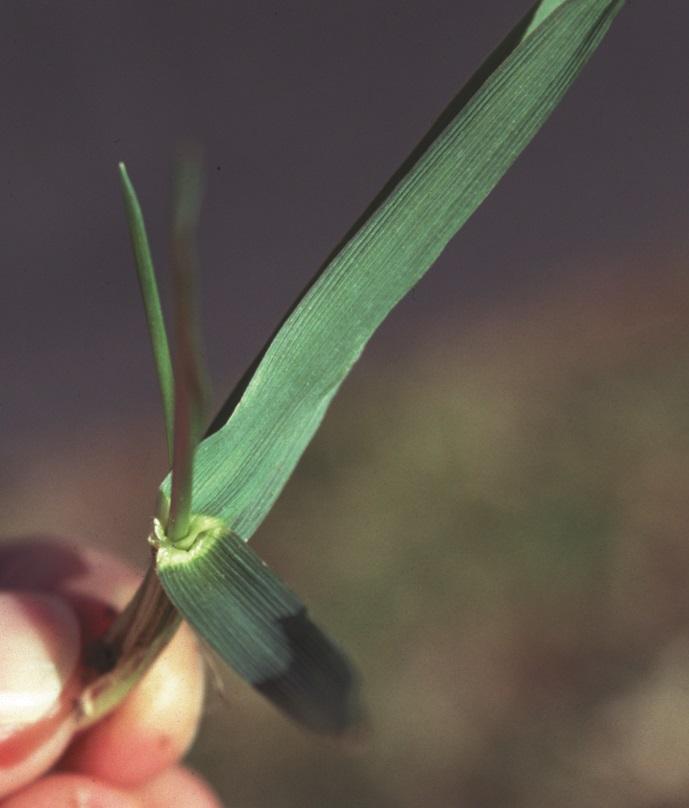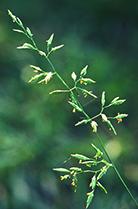Tall Fescue
Description
 Perennial, long-lived bunchgrass with short rhizomes; shiny, dark green leaves with prominent veins. Grows 2 to 4 feet tall in seed head stage. Tolerant of soil acidity, low fertility, and poor drainage, and relatively tolerant of drought and overgrazing. Most older fields are in-fected with an endophytic fungus, which reduces animal performance but aids in survival of plant.
Perennial, long-lived bunchgrass with short rhizomes; shiny, dark green leaves with prominent veins. Grows 2 to 4 feet tall in seed head stage. Tolerant of soil acidity, low fertility, and poor drainage, and relatively tolerant of drought and overgrazing. Most older fields are in-fected with an endophytic fungus, which reduces animal performance but aids in survival of plant.
Uses
Pasture, hay, erosion control.
Advantages
 Tolerant of low fertility and acidic soils, well suited for winter stockpiling, long growing season. Endophyte-infected varieties are more tolerant of overgrazing than any other forage. Endophyte-free tall fescues are available and result in better animal performance. Generally not affected by insects and diseases.
Tolerant of low fertility and acidic soils, well suited for winter stockpiling, long growing season. Endophyte-infected varieties are more tolerant of overgrazing than any other forage. Endophyte-free tall fescues are available and result in better animal performance. Generally not affected by insects and diseases.
Disadvantages
 Endophyte-infected plants hinder animal performance. Low-endophyte varieties must be well managed (not overgrazed) for persistence. All tall fescue produces minimal growth in hot, dry conditions.
Endophyte-infected plants hinder animal performance. Low-endophyte varieties must be well managed (not overgrazed) for persistence. All tall fescue produces minimal growth in hot, dry conditions.
Seeding
Rate: 15-20 lb/a
Depth: 1/3-1/2 in
Primary Date: Aug 15-Oct 1 Secondary Date: Feb 1-Apr 15
Harvest
First harvest: May 1-15
Annual yield: 2-4 tons of dry matter/a
